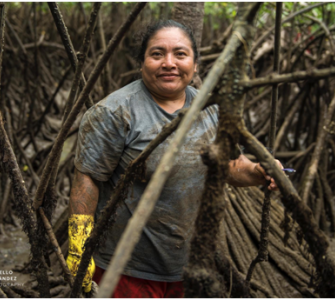The Global Value of Wetlands: An Economic Case for Conservation and Restoration
Wetlands are among the most productive ecosystems on Earth—yet they are disappearing three times faster than forests. Since 1970, the world has lost 35% of its wetlands, a decline that represents not only an ecological crisis but also an economic one. Wetlands provide essential services such as clean water, climate regulation, food production, flood protection, and recreation—benefits worth nearly US $49 trillion each year, or almost half of the global GDP. When wetlands are degraded or destroyed, societies lose these services—often without recognizing their immense economic value.
With the support of the Ramsar Convention on Wetlands, Conservation Strategy Fund (CSF) set out to quantify the economic importance of wetlands and the cost of their loss. Drawing on global data, the study consolidated information on wetland extent, ecosystem service values, historical and projected losses, and the investments required for protection and restoration. The analysis found that since 1970, the global economy has lost an estimated US $21 trillion in ecosystem services due to wetland decline. Among wetland types, inland marshes and swamps were found to generate the highest median value—about US $73,000 per hectare per year—underscoring their extraordinary contribution to biodiversity and human well-being.
Looking ahead, climate change and land-use pressures threaten to accelerate losses, particularly in coastal and marine systems such as mangroves, salt marshes, and coral reefs. While restoration can cost between US $1,000 and 150,000 per hectare, the study shows that the costs of inaction are far greater. Protecting existing wetlands remains the most cost-effective strategy.
To close the global finance gap, the study highlights innovative mechanisms—payments for ecosystem services, blue bonds, biodiversity credits, carbon markets, and public–private partnerships—as key tools for mobilizing investment. Aligning these efforts with international frameworks such as the Sustainable Development Goals and the Kunming–Montreal Global Biodiversity Framework will be essential to scaling action.
Ultimately, CSF’s findings make one conclusion clear: investing in wetlands is investing in people, economies, and planetary resilience. By recognizing their true economic value, we can ensure these life-support systems continue to sustain both nature and humanity for generations to come.
_____
Photo: Marcello Hernández-Blanco

